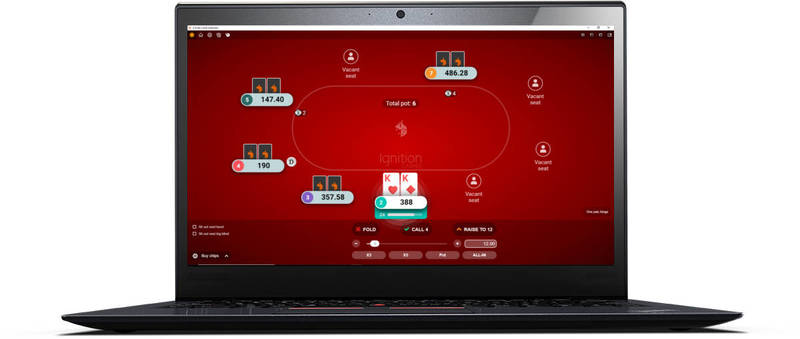When To Continuation Bet - Examples
Cbetting Articles: The Continuation Bet : More Cbetting Tips : When To CBet (Examples) : Double Barrelling
SplitSuit's C-Betting Like A Champion concept video is all about how to cbet more effectively. Worth a watch if you're struggling with your cbet frequencies.

In my very first article on continuation betting (cbetting, cbets) I went over the basics of performing cbets in NL Hold’em. In this article I am going to explain how and why certain flop textures are good or bad for cbetting.
This will be more of an example orientated guide, which I’m sure many of you will appreciate more than just the theory.
As I write these examples I’m assuming that we are heads up, have missed the flop (i.e not made a pair, a strong draw or better) and would like to see our opponent fold their hand. We are betting as a bluff rather than for value.
Flop textures for cbetting.
Starting with the best type of flops (flop textures) for cbetting and working my way down, I will explain why each is good, okay or bad for cbet bluffing.
Ace high or King high dry flops.

- Great for cbetting.
- Cbet ~90% of the time.
These are perfect for cbetting because unless your opponent has at the very least 2nd pair they are unlikely to continue with their hand. In fact, a lot of tighter players will fold 2nd pair hands to a cbet OOP, so I pretty much cbet these flops every single time.
The only downside to these flops is that if you hold a hand like KQ on the A83 flop and get called it’s not looking good for the rest of the hand. Nonetheless, it still remains +EV to cbet this close to 90% of the time.
Two high, one low.

- Great for cbetting.
- Cbet ~80% of the time.
These flops are also good for cbetting for the same reason as the A/K high dry flops. These flops hit your perceived range hard and make it difficult for your opponent to call a cbet with less than 2nd pair. Remember that a hand only improves to 1 pair or better on the flop 1/3 of the time, so your opponent will be giving up the pot more often than they peel.
You can try and argue that if your opponent calls your preflop raise, this flop hits their range as well. This is true for the very tight players, but there are so many lower pocket pairs, suited connectors and hands that just flat out miss this flop that it’s still profitable to cbet here a large % of the time.
Just as it is with spiders, your opponents are more afraid of you than you are of them.
One high, two low.

- Good for cbetting.
- Cbet ~60% of the time.
This is pretty much the last of the “good” flops to cbet. Same reasons as before really; this flop could have easily hit your range and if you have 2 overcards like AK or KQ it’s really not the end of the world if you get called.
On these flops you tend to get peeled/floated more often, which is why I like to have some decent equity in the hand with overcards to cbet this one. If I don’t have a decent draw or overcards, I generally avoid cbetting.
Low or wet flops.

- Poor for cbetting.
- Cbet ~25% of the time.
These flops hit your opponent’s preflop calling range hard. Therefore you can expect to see a lot of calls from speculative hands and/or check raises from strong draws if you attempt to cbet bluff.
There’s no need to worry about cbet bluffing low flops or any flops that are really coordinated too frequently. You may be better off taking a free card and keeping the pot size as low as possible by checking in position and just hoping for the best when checking out of position.
If you do decide to cbet these flops, be prepared to fire a second barrel (and maybe even a third).
Broadway flops.

- Bad for cbetting.
- Cbet ~0% of the time.
If you’re thinking about cbet bluffing this flop the chances are that you are holding a lower pocket pair or undercards, where both of which have a very bleak outlook if you get called and therefore have very little equity in the hand.
I don’t believe that you are getting enough folds in this situation to cbet here to make it profitable, so I would definitely advise against it on these sorts of flops. I cbet bluff these flops close to 0% of the time.
When to cbet evaluation.
This isn’t the ultimate guide to cbet bluffing any and every flop imaginable in Texas Hold’em. Sorry. The cbetting percentages I’ve thrown out are really rough estimates as well.
However, these examples should give you an insight to the type of flops I like cbetting and the type of flops I wouldn’t touch with a barge pole after missing the flop. Almost every cbet situation is unique depending on the player(s) you are up against and the cards on the flop. Treat this as a rough foundation.
Go back to the awesome Texas Hold'em Strategy.
Comments

